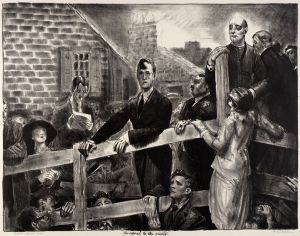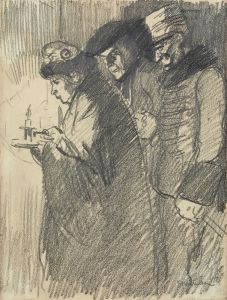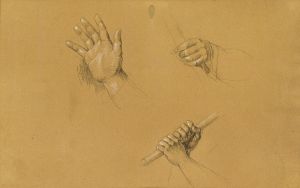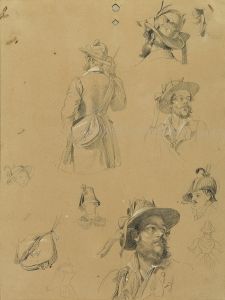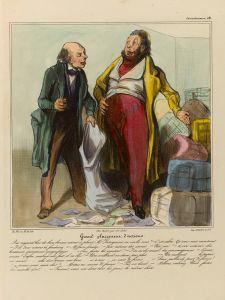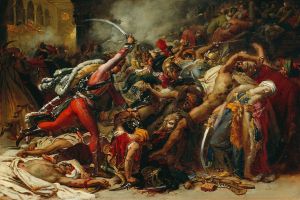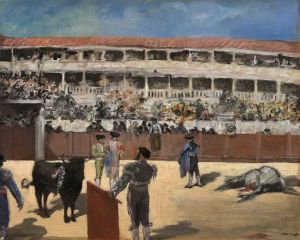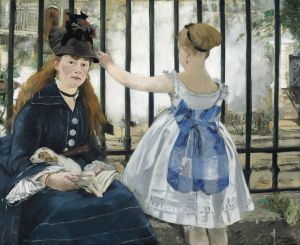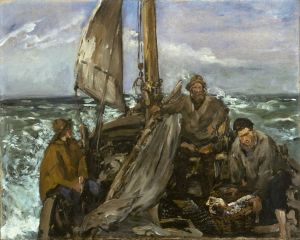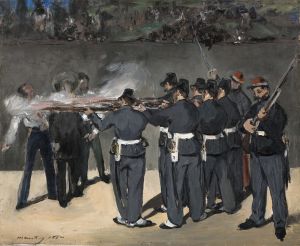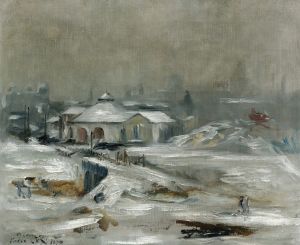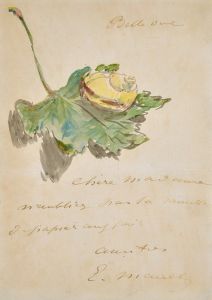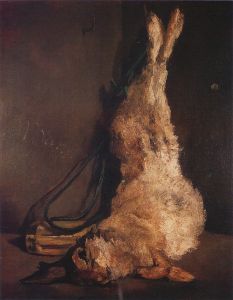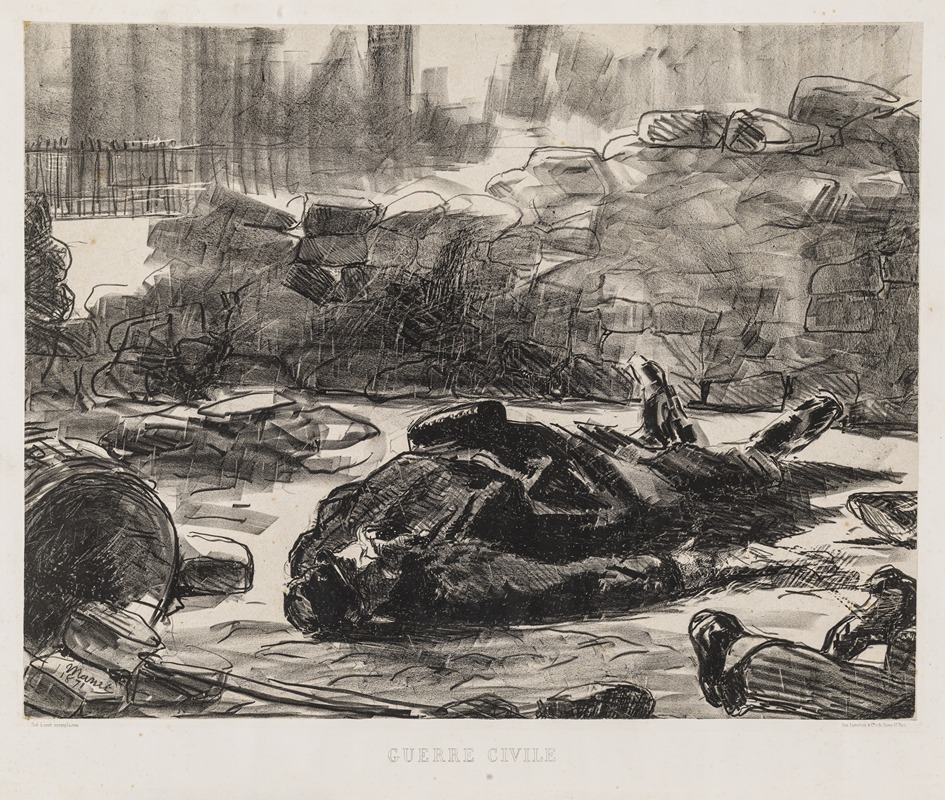
Guerre civile
A hand-painted replica of Édouard Manet’s masterpiece Guerre civile, meticulously crafted by professional artists to capture the true essence of the original. Each piece is created with museum-quality canvas and rare mineral pigments, carefully painted by experienced artists with delicate brushstrokes and rich, layered colors to perfectly recreate the texture of the original artwork. Unlike machine-printed reproductions, this hand-painted version brings the painting to life, infused with the artist’s emotions and skill in every stroke. Whether for personal collection or home decoration, it instantly elevates the artistic atmosphere of any space.
Édouard Manet, a pivotal figure in the transition from Realism to Impressionism, is renowned for his innovative approach to painting and his depictions of contemporary life. One of his lesser-known works, "Guerre civile" (Civil War), reflects his engagement with the social and political upheavals of his time.
Manet was deeply affected by the events of the Franco-Prussian War (1870-1871) and the subsequent Paris Commune (1871). The Paris Commune was a radical socialist and revolutionary government that ruled Paris for a brief period. The civil conflict that ensued between the Commune and the French government troops was marked by intense violence and significant loss of life. Manet, like many of his contemporaries, was profoundly influenced by these events, which is evident in his work from this period.
"Guerre civile" captures the chaos and tragedy of the civil strife that engulfed Paris. The painting is characterized by its stark realism and emotional intensity, which are hallmarks of Manet's style. The composition likely features scenes of urban conflict, with figures that may represent both the Communards and the government forces. Manet's use of color and light in this painting would have been intended to convey the somber and tumultuous atmosphere of the time.
Manet's approach to "Guerre civile" would have been influenced by his desire to document the reality of contemporary events, rather than idealize or romanticize them. This aligns with his broader artistic philosophy, which sought to depict modern life with honesty and directness. His works from this period often reflect his personal experiences and observations, providing a poignant commentary on the human condition during times of crisis.
While "Guerre civile" may not be as widely recognized as some of Manet's other masterpieces, such as "Olympia" or "Le Déjeuner sur l'herbe," it remains an important part of his oeuvre. The painting serves as a testament to Manet's commitment to capturing the essence of his era and his ability to convey powerful social and political messages through his art.
Manet's legacy as a pioneering artist is firmly established, and "Guerre civile" contributes to our understanding of his response to the historical events that shaped his world. The painting is a vivid reminder of the impact of war and civil unrest on society and the role of the artist in documenting and interpreting these experiences.
In summary, "Guerre civile" by Édouard Manet is a significant work that reflects the artist's engagement with the tumultuous events of the Paris Commune. Through his realistic and emotionally charged depiction of civil conflict, Manet provides a powerful commentary on the human experience during one of the most turbulent periods in French history.





